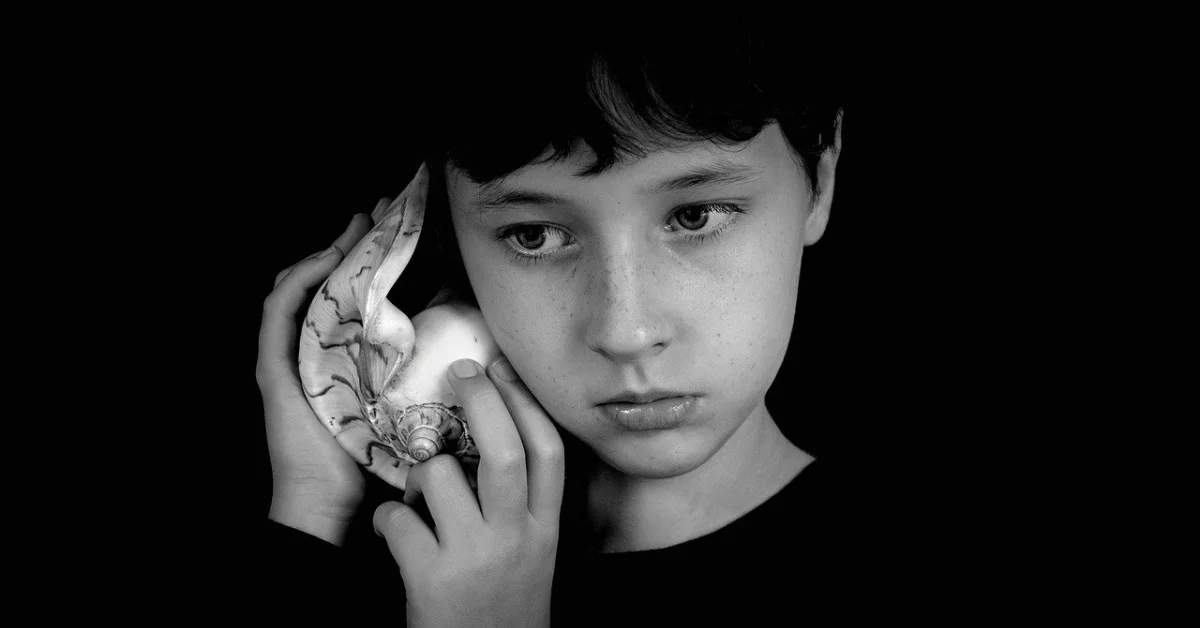As children, many of us heard about this wonderful property of sea shells. We checked how true it is.
The legend that a shell retains the sound of the sea throughout the years can be learned not only in the yard or on beach. They report about her in their works of art as Russian speakers (Agnia Barto, Semyon Altov, Andrey Lazarchuk, Igor Garin), and foreign authors (Enid Blyton, Louis Aragon). Inspired by this effect, Nikolai Gumilyov gave the name "Sounding Shell" the circle of young poets he led.
In due time, this question replied Head of the ENT department of the medical center, Associate Professor of the ENT department of the Educational and Scientific Medical Center of the Administration of the President of the Russian Federation Ivan Akulich: “No, it’s not true. If we put a shell to our ear, we will not hear the sound of the sea, but the sounds around us that simply resonate against the walls of the shell. The same noise will appear if we put any other container, such as a glass or cup, to our ear. It's all about sound waves. The sound of the sea has a certain sound frequency. Moreover, this is not just some monotonous sound, but a superposition (interference) of different sounds (hissing, rustling, splashing, etc.), which our brain identifies as the sound of the sea. In a closed space (in a shell, a cup, a glass), the mass of sounds surrounding us also overlap each other, and we hear a certain hum, which in its frequency is similar to the frequency of sound waves of sea noise, which is why it seems to us that we hear the sea surf. Moreover, if a person has been to the sea, it is easier for him to draw an analogy with its noise.”
The physical side of the issue was explained in more detail on the portal Live Science. It turns out that the height of the sound heard in a shell depends on its size. It takes longer for sound to be reflected in a large sink, so the sound will seem lower in tone to us than in a small one. However, whether the sound is high or low, in almost all shells it resembles the sound of the surf. In the publication National Geographic They add that to imitate the “shell effect” you don’t even need a foreign object - just put your own palm to your ear.
But the world famous popularizer of science Karl Krushelnitsky refutes a very common thought that can be found in National Geographic, and on many other natural science and technical sites. They all claim that the sound we hear reflected from the walls of the shell is the sound of the pulsation (or flow) of blood running inside our ears. An example is often given to support this conclusion: they say, sometimes we hear this pulsation when we lay our heads on a soft pillow.
However, this theory, as Krushelnitsky (a physicist and physician by training) writes, can be easily refuted by a simple experiment. Hold the shell to your ear, listen, then run for a few minutes on the beach to increase blood flow throughout your body, and kiss the magic shell again. You will find that the intensity of the “sea surf” sound remains the same. In general, according to the scientist, the shell next to our ear acts as the sound equivalent of sunglasses. It filters a set of sounds that constantly assault our ears and that we constantly ignore. For example, it allows more sounds of one frequency to pass through, but less of another frequency. The ear + brain pair then detects changes in the incoming noise. The brain identifies it as the already familiar sound of the surf and hangs the appropriate “label”.
Whether it is fair to deny the role of blood flow in the formation of sound from shells or not, scientists agree on one thing: this effect has nothing to do with the real sound of the surf.
Not true
Read on the topic:
Why do you 'hear the ocean' in a seashell?
If you find a spelling or grammatical error, please let us know by highlighting the error text and clicking Ctrl+Enter.







